
The brake light switch is an essential component in any vehicle's brake system, designed to turn on the brake lights when the brake pedal is pressed. It sends a signal to the vehicle's electronic control module (ECM) to activate the brake lights, letting other drivers know that the vehicle is slowing down or stopping.
A faulty brake light switch can cause the brake lights to malfunction, resulting in a potential safety hazard on the road. It can also cause issues with the vehicle's cruise control, as the brake light switch is often linked to this system. Replacing a faulty brake light switch is crucial to ensure the safety and reliability of the vehicle.
Regular maintenance checks of the brake light switch, including cleaning and adjusting it as necessary, can help prevent malfunctions and ensure the brake lights work correctly. By staying on top of regular maintenance, drivers can enjoy peace of mind and a safer driving experience.
In summary, the brake light switch is a crucial component of a vehicle's brake system. Ensuring it is properly maintained and replaced when necessary can help drivers avoid safety hazards and maintain the safety and reliability of their vehicle.
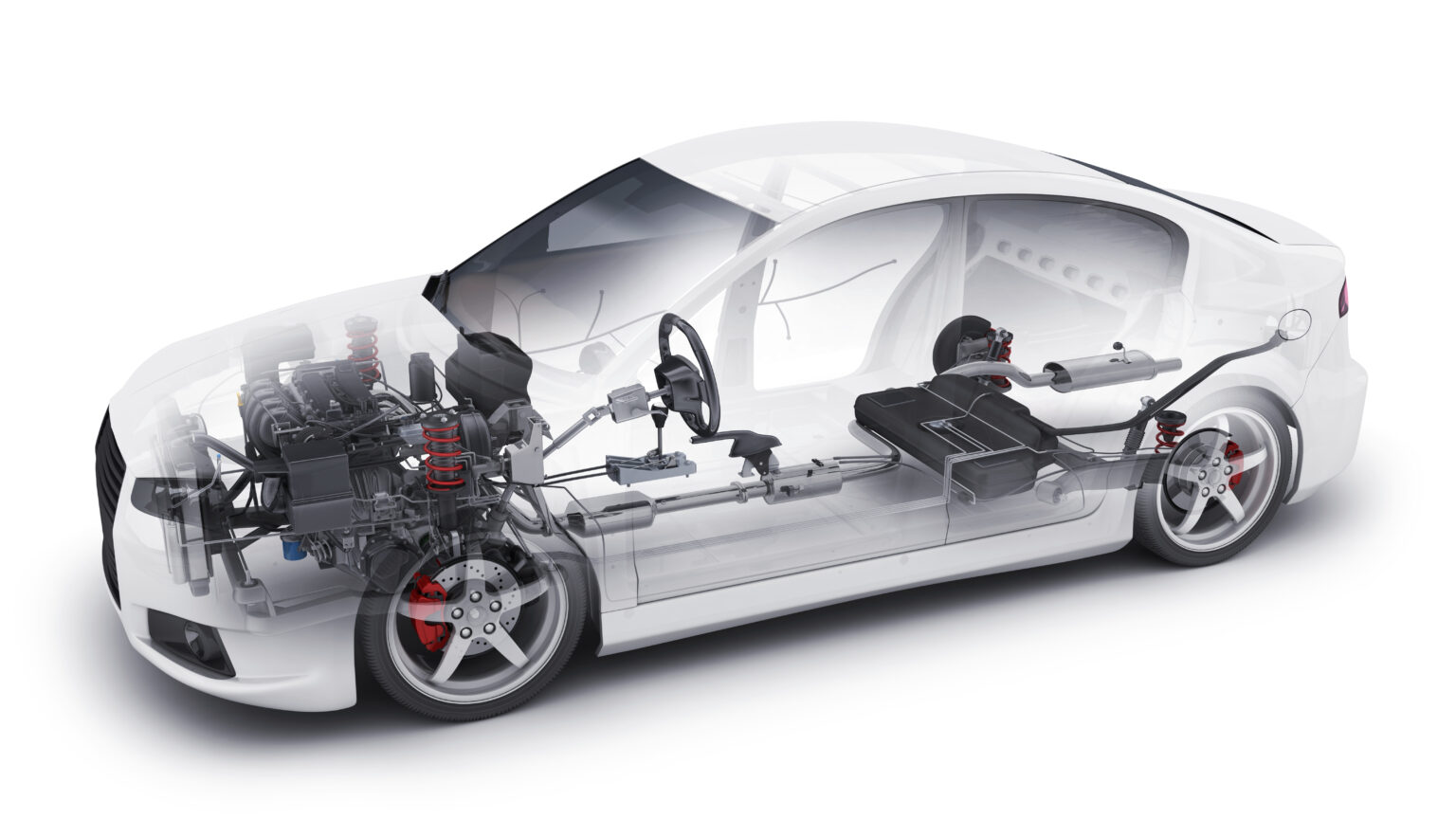
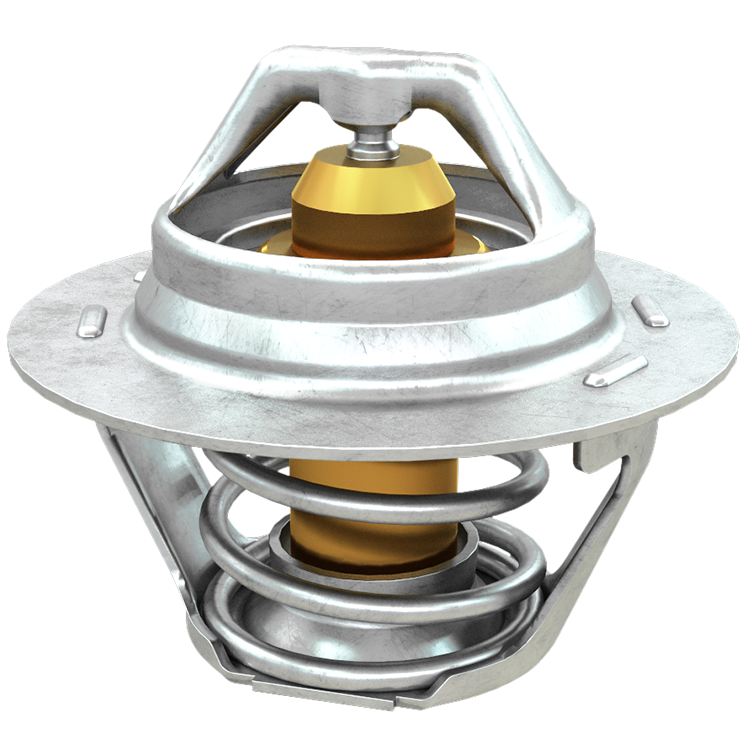
Standard Thermostat
1 of 17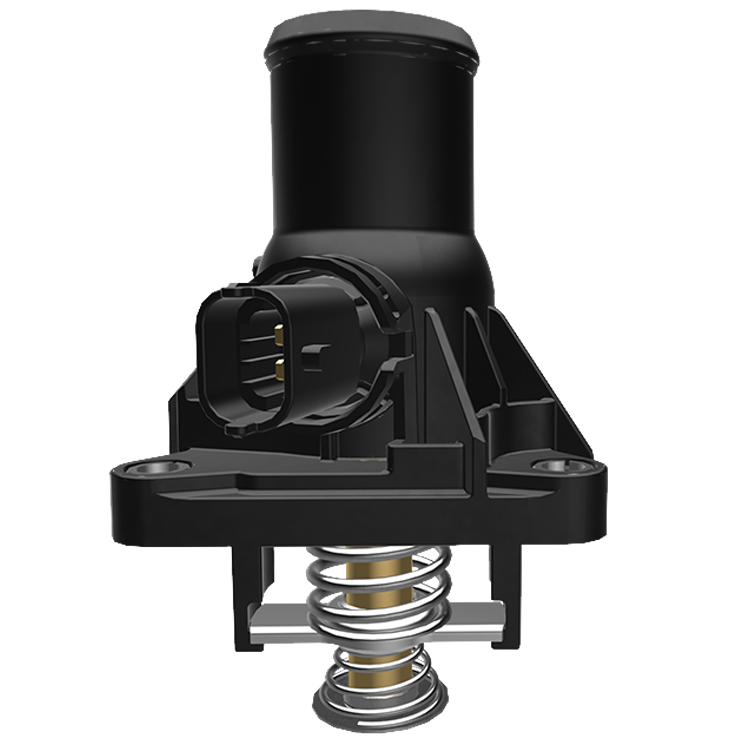
Map Thermostat
2 of 17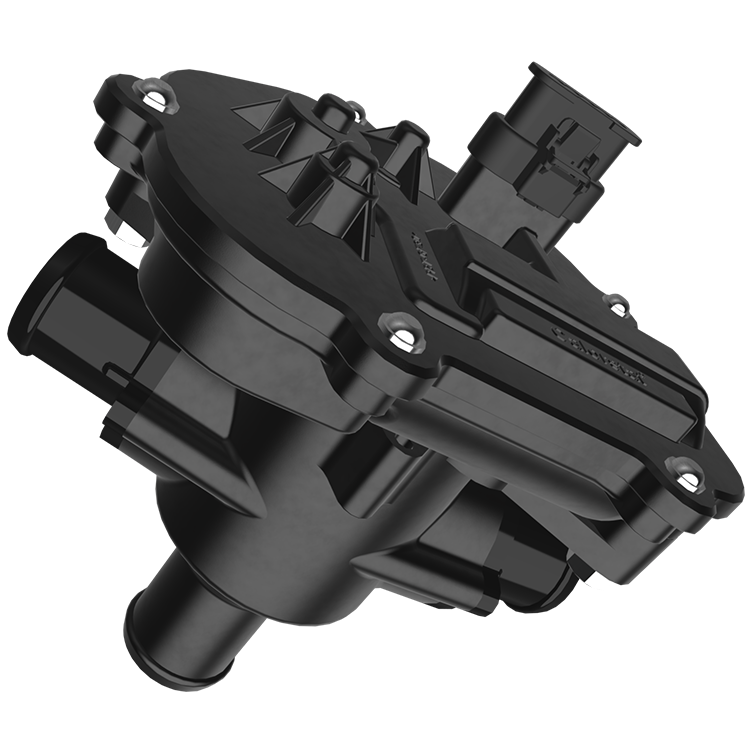
Motorized Thermostat
3 of 17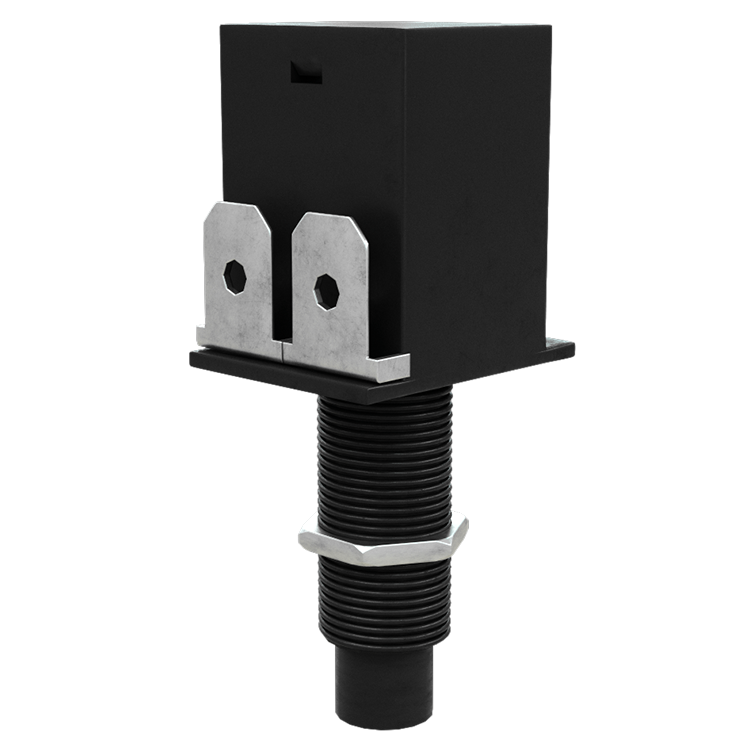
Brake Light Switch
4 of 17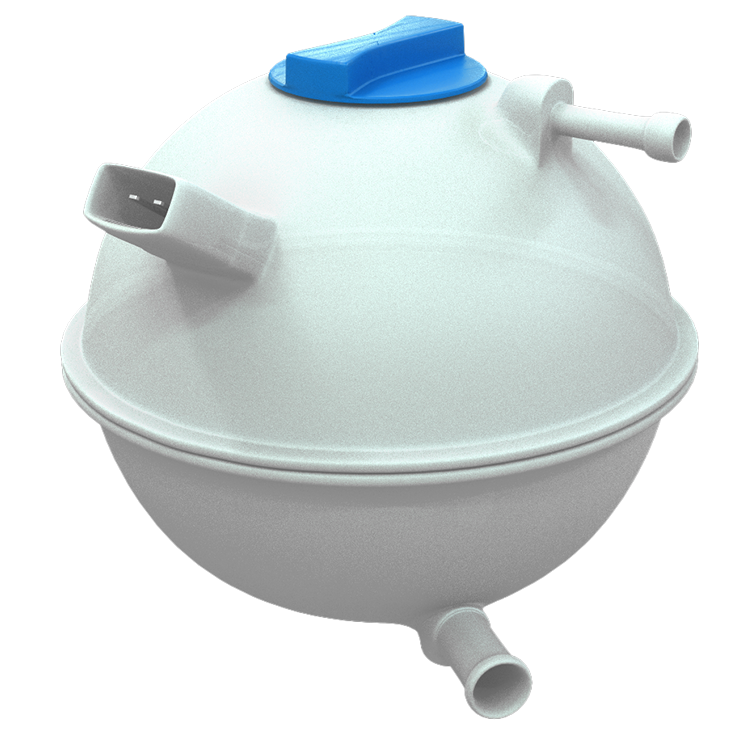
Expansion Tank
5 of 17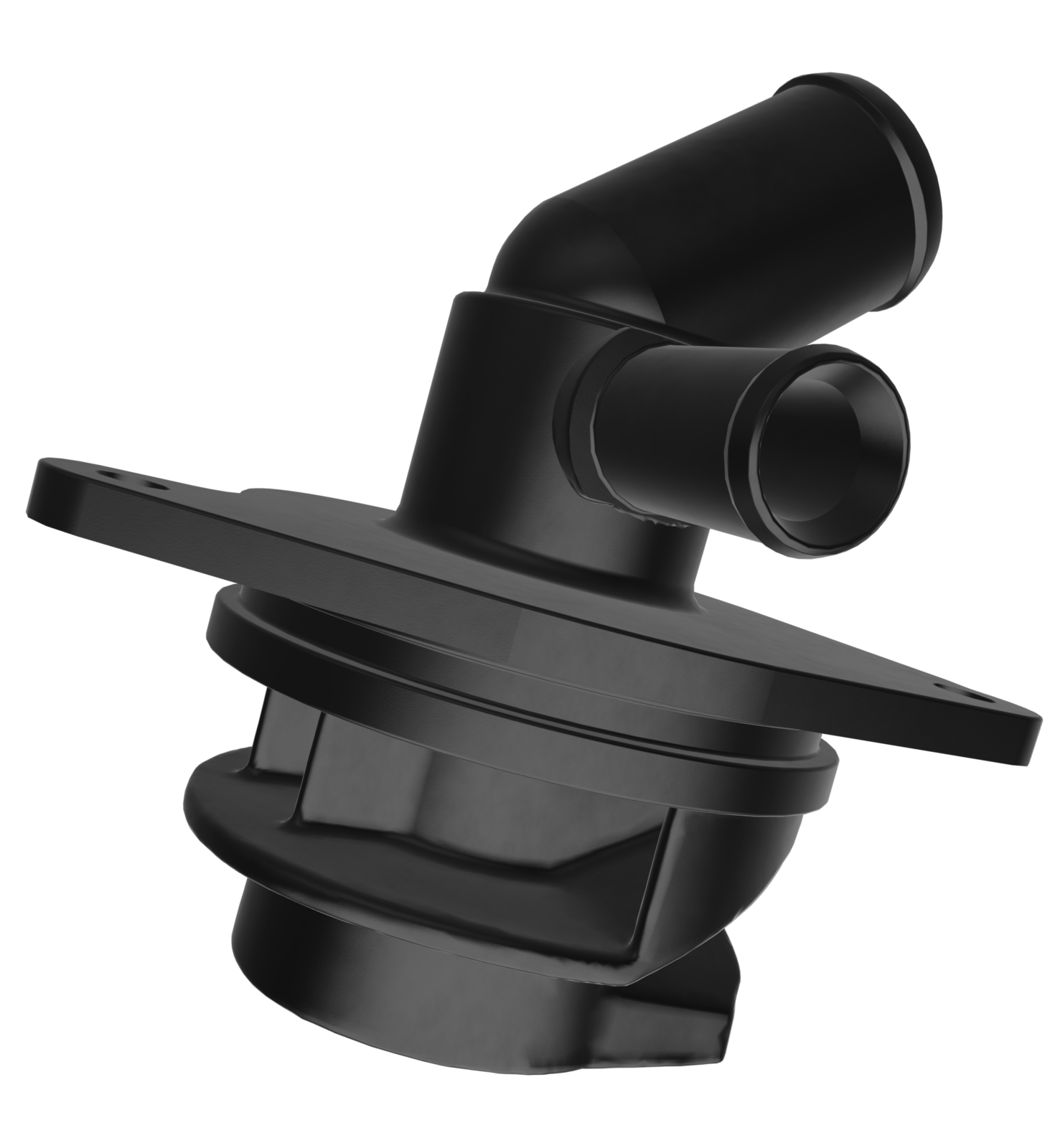
Water Flange
6 of 17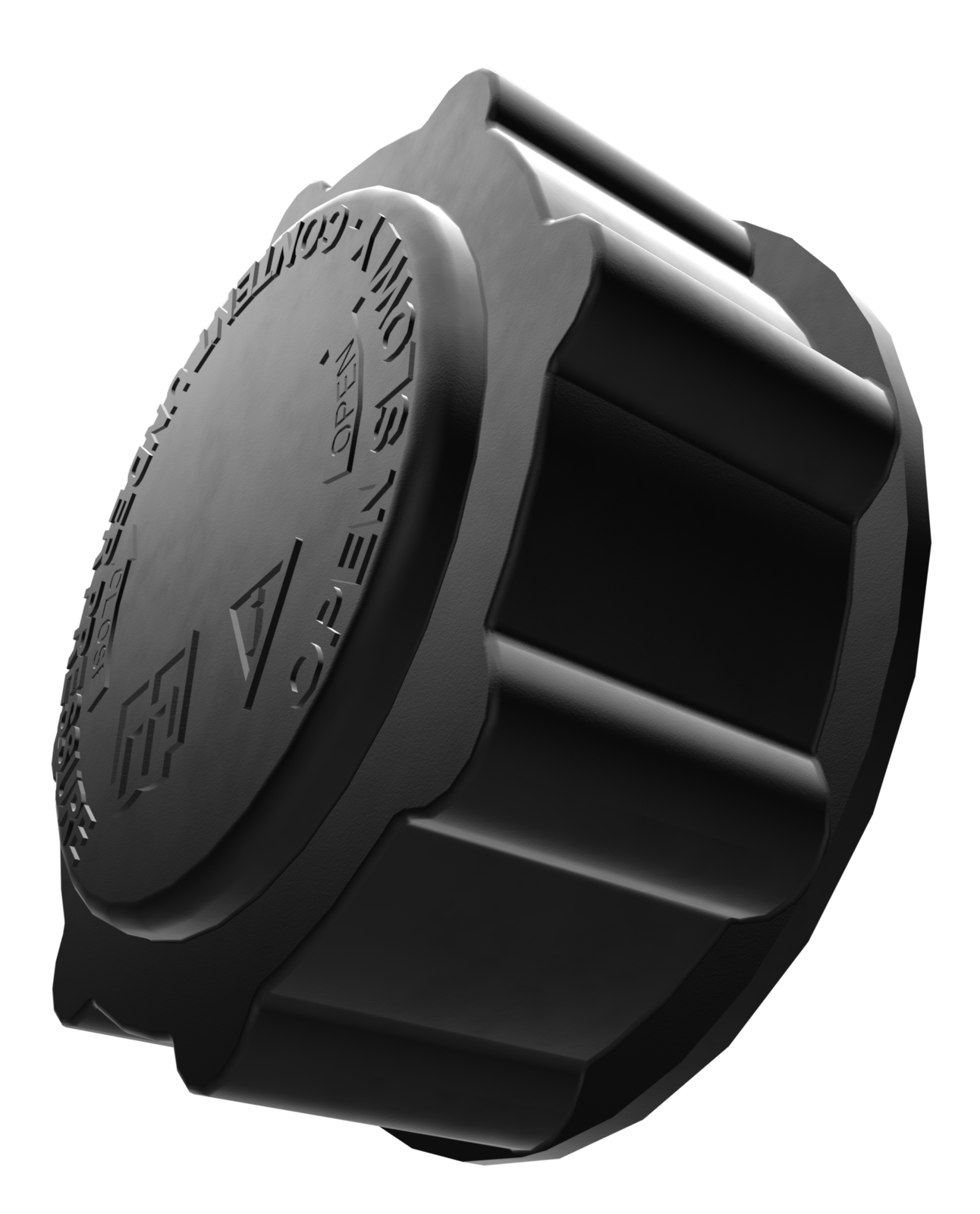
Radiator Cap & Expansion Tank Cap
7 of 17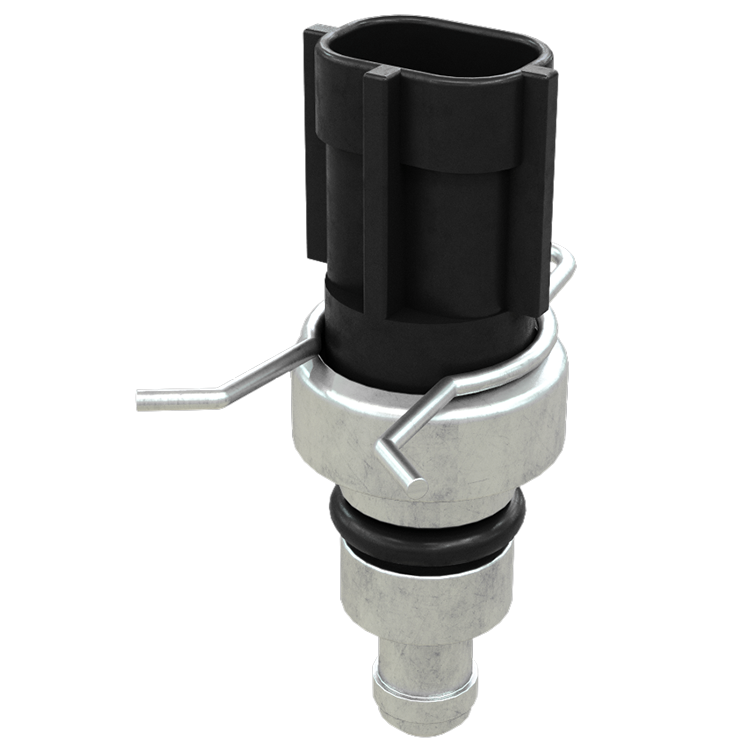
Water Temperature Switch
8 of 17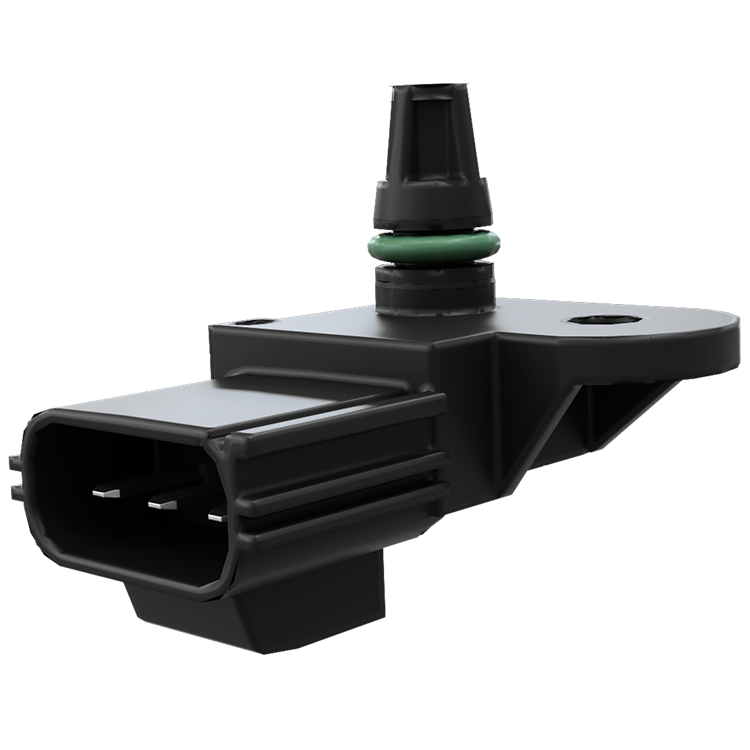
Map Sensor
9 of 17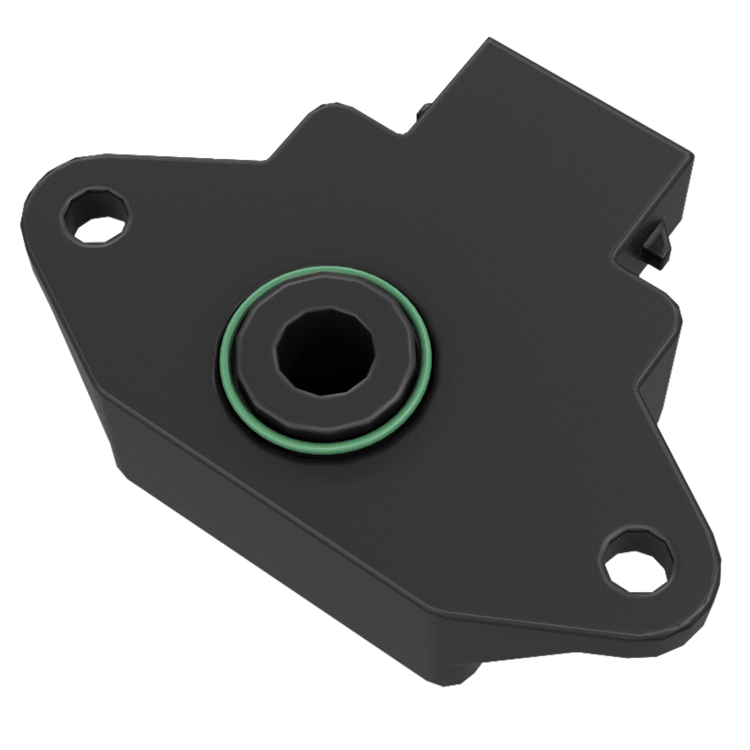
Throttle Position Sensor
10 of 17
Cooling Pipe
11 of 17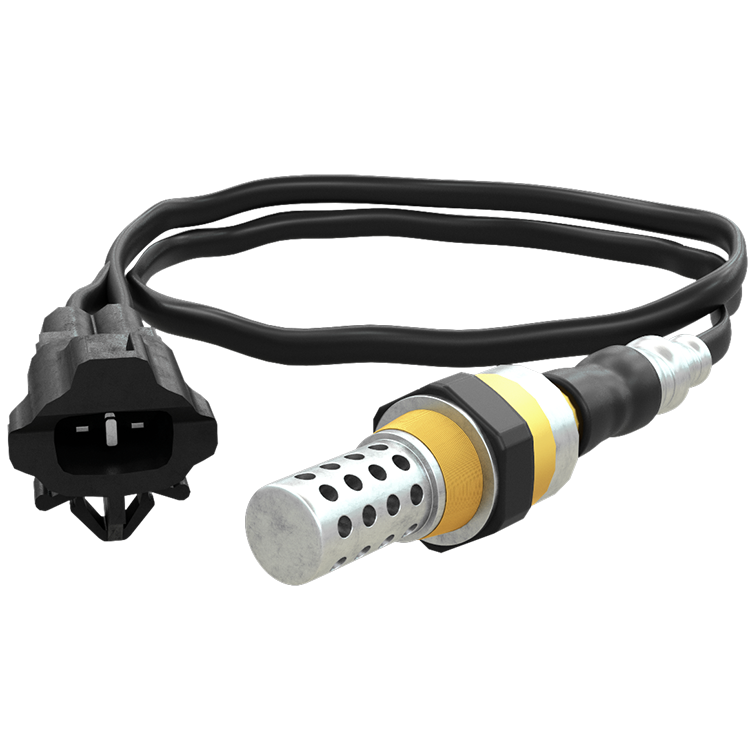
Lambda Sensor
12 of 17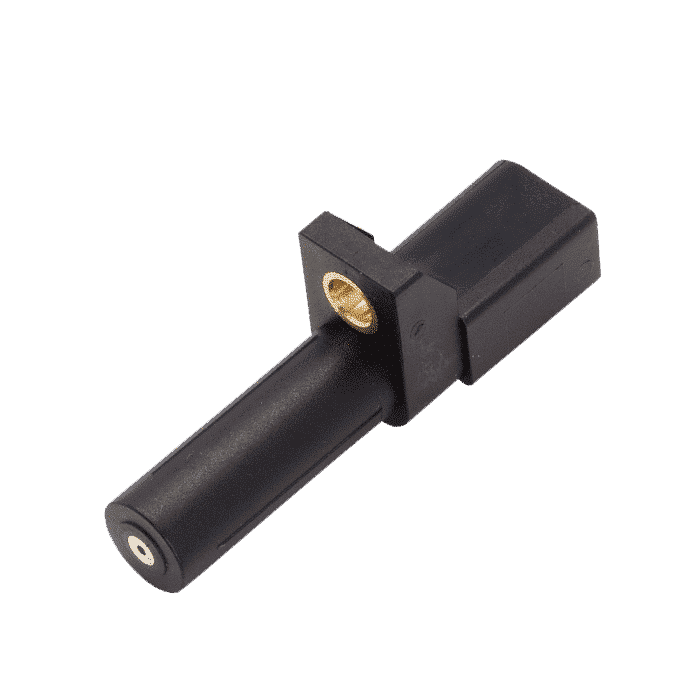
Camshaft & Crankshaft Sensor
13 of 17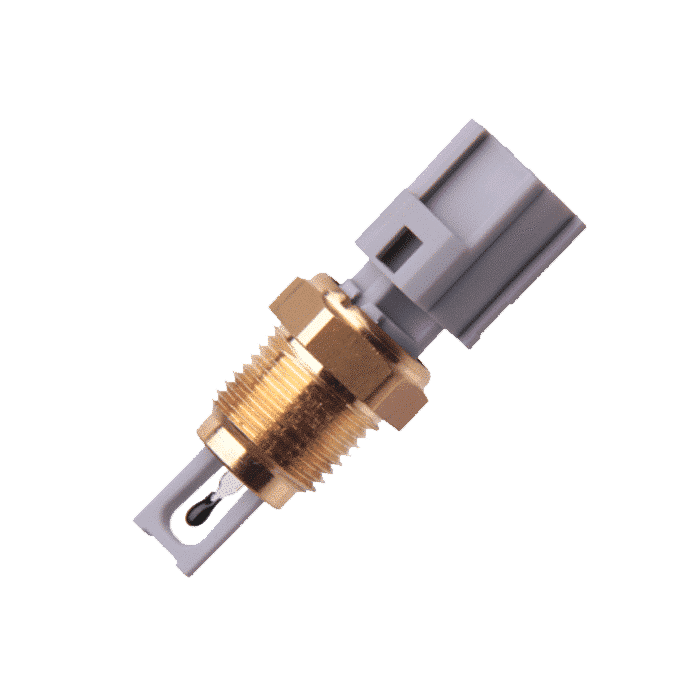
Air Temperature Sensor
14 of 17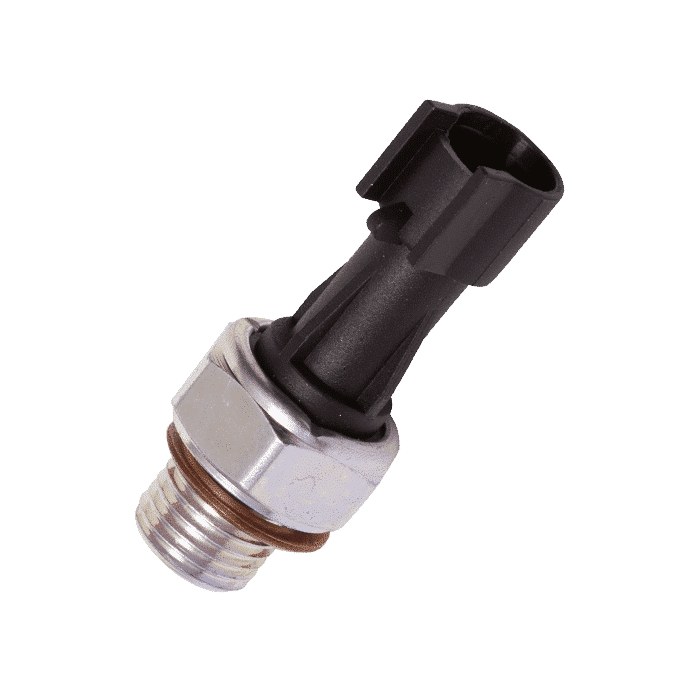
Oil Switch
15 of 17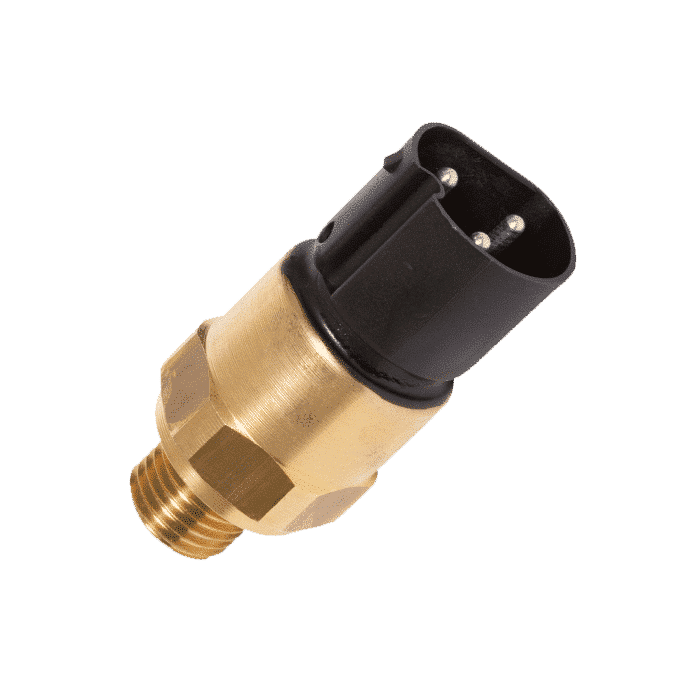
Thermoswitch
16 of 17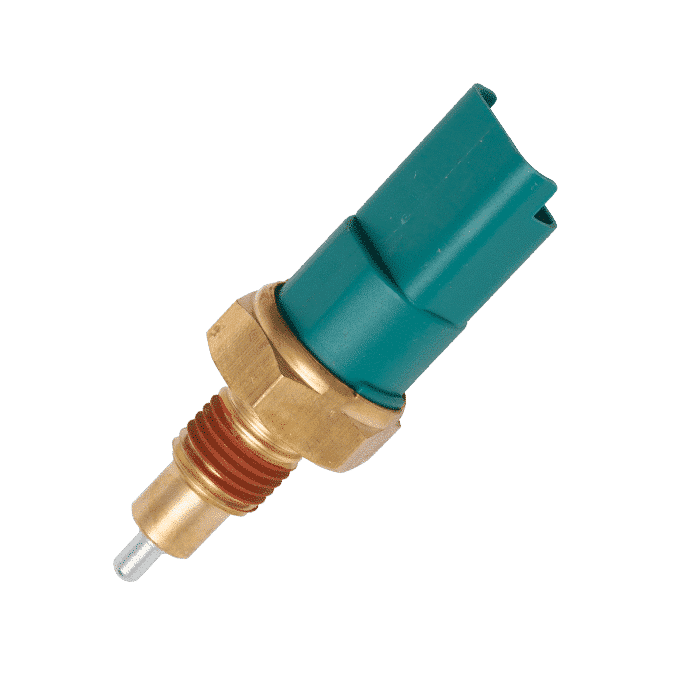
Reversing Light Switch
17 of 17